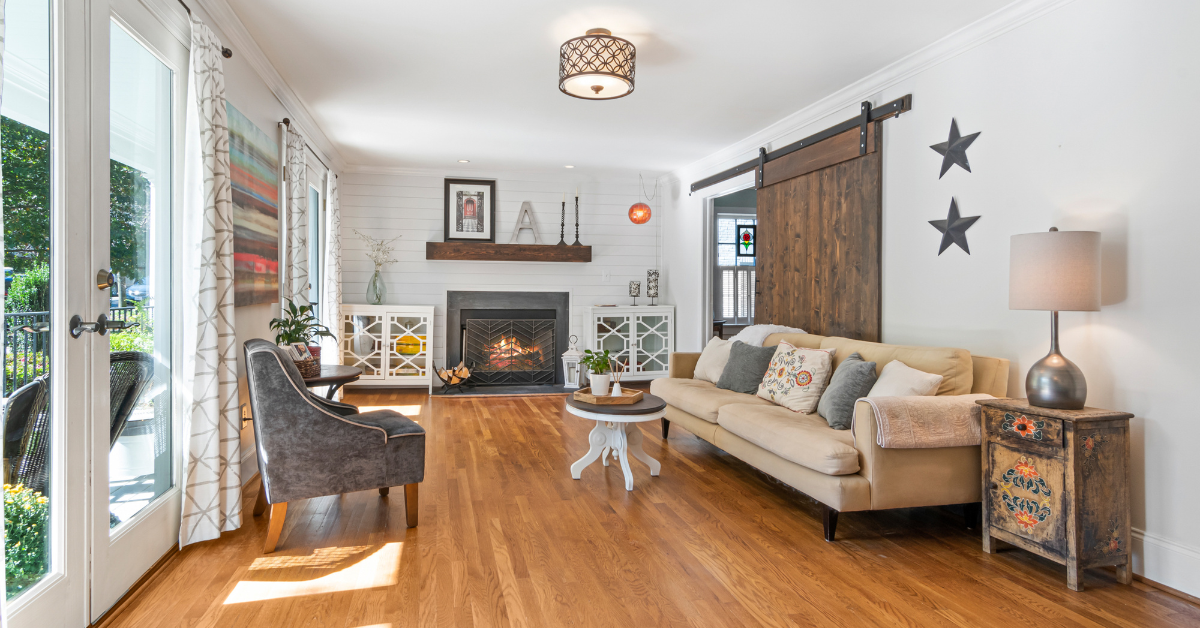Seven Tips to Prepare for Moving into a New Apartment

 Moving into a new apartment is an exciting, high-stress task, guaranteed. That’s partly because it’s moving – need we say more? But lots of the stress comes from the “apartment” part. For starters, being a renter means being in a legal relationship with your landlord, so you should understand your lease, and how to arrange for repairs if needed before you move. Then, the practical side of getting possessions, particularly your furniture, into a place reachable only by hallways, stairs, elevators, and doorways of restricted size is a challenge. Fortunately there’s plenty you can do ahead of time to make everything easier. DR. Sofa: Expert Upholstery Cleaning Services. Revitalize your furniture with our professional touch. Renew, refresh, and relax at home.
Moving into a new apartment is an exciting, high-stress task, guaranteed. That’s partly because it’s moving – need we say more? But lots of the stress comes from the “apartment” part. For starters, being a renter means being in a legal relationship with your landlord, so you should understand your lease, and how to arrange for repairs if needed before you move. Then, the practical side of getting possessions, particularly your furniture, into a place reachable only by hallways, stairs, elevators, and doorways of restricted size is a challenge. Fortunately there’s plenty you can do ahead of time to make everything easier. DR. Sofa: Expert Upholstery Cleaning Services. Revitalize your furniture with our professional touch. Renew, refresh, and relax at home.
Prepare for Moving into a New Apartment: A Comprehensive Guide to Smooth Transition and Setup
1. Go over the new place carefully and take high-resolution photos of the rooms, windows, fixtures, appliances, etc. Check the lights, locks, kitchen appliances. If something needs repair, that should be written into your lease before signing. It’s the landlord’s responsibility to have everything in good condition before you move.
2. Measure the new apartment. You need to know if and where your possessions will fit. Measure width and height of doorways and hallways in the unit, the door from the hall, the hall itself, and the stairs and stair landings. Note whether banisters are high or low, if landings have sufficient turn-around space. Write everything down on a notepad dedicated to your move.
3. Go through your belongings. Decide what you’re keeping, room by room and/or category by category. When you’ve got the “keep” stuff sorted that way, it can be packed and labeled accordingly, for example: DVDs & CDs – bedroom. Use colored labels and a room code: blue for bedroom, green for kitchen, etc. Unpacking will be that much easier. Make sure your packing boxes aren’t too big and heavy to be carried efficiently through the new building’s access points. Donate, recycle or discard the rest.
4. Measure the furniture that will be making the move, Measure every piece that can be a potential problem: length, width, height. Write everything down.
5. Make a diagram of the new apartment, matching furniture to the available spaces. You can cut out pieces of paper roughly scaled for the size and shape of your sofa, chairs, tables, bed, etc. and move them around on the diagram to figure out the best placement.
6. Decide whether to hire professional movers or recruit your friends. Movers are more costly, but they’re insured, and they know how to lift and transport things without danger to themselves or others. If you have a lot of stuff, some of it large furnishings, and if you’re dealing with stairs and narrow hallways, they are likely worth the expense. You don’t want to add furniture repair bills to the delights of moving day!
7. Consider furniture disassembly as a way to move your sofa or other large furniture items. For a reasonable cost, you can hire a qualified local furniture reupholstery and furniture repair company that does expert disassembly, allowing big pieces to be moved safely through small areas, and re-assembly in their new home, looking good as new.










